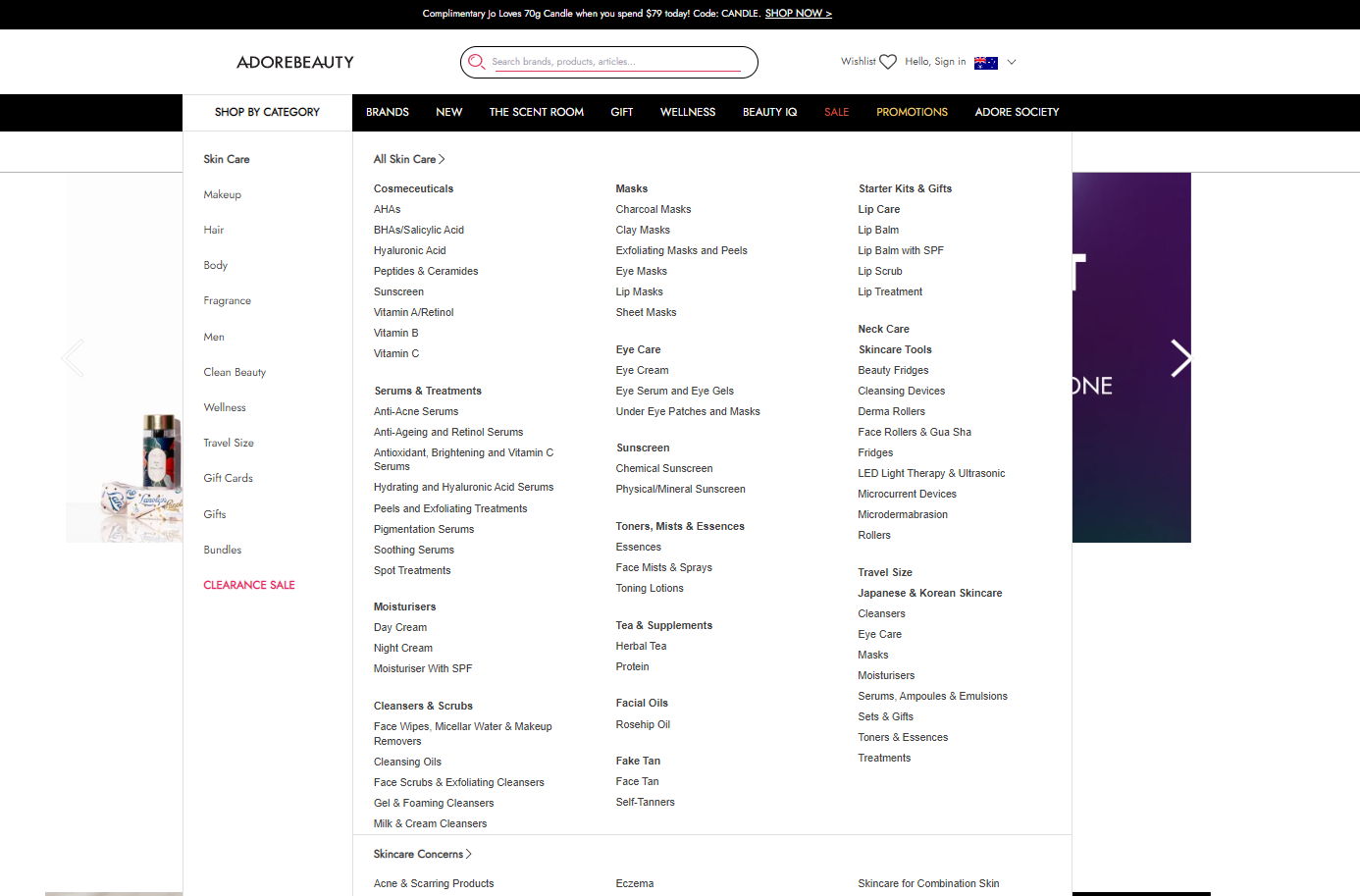5 Things You Didn’t Know Your PIM Could Do
5 Things You Didn’t Know Your PIM Could Do
Product data is the new black. It’s the building blocks of commerce, whether you’re talking online or offline retail, marketing, customer experience and more. Literally every element of commerce today is touched by product data. “Clear product descriptions” are most important to 90% of shoppers, according to a recent commercetools whitepaper, but product data goes much, much further!
It is estimated that PIM systems are expected to grow more than 25% by 2023 – and with good reason. Product data is stored, enriched and shared across your entire organisation, technologies and channels in real-time – it’s incredibly powerful to say the least.
A basic PIM will store and publish data, but a powerful PIM can do so much more. Here are our top 5 functions you may be surprised that your PIM can do:
1. Product Category Creation, Management and Automation
It’s one thing to have a multitude of enriched, descriptive and emotive product data. It’s another thing entirely to categorise it properly! Categorising your product data is essential for CX; it helps customers easily find what they’re looking for, while also helping you navigate your products more efficiently.
Leading Australian beauty retailer, Adore Beauty, manages their categorisation with amazing sophistication. With multiple categorisation levels, customers can easily and quickly narrow down their search to find exactly what they’re looking for.
An ecommerce platform may have limited levels of categorisation – this is where your PIM comes in. A sophisticated PIM like Comestri can even automate categorisation for you through dynamic rules, as well as add attributes to your categories, boosting searchability.

2. Manage Seasonality Like A Pro
If you’re a fashion retailer, you’ll already know the traditional seasonality calendar (Spring/Summer (SS), Autumn/Winter (AW), Resort, and Pre-Fall) is officially dead. Global fashion powerhouse Zara is dropping a new collection roughly every two weeks!
Climate-impact aside, this is hectic. Managing products through the product lifecycle, from introduction, growth, maturity to decline, (all while this time frame is becoming shorter and shorter), is difficult.
A PIM can help manage seasonality by:

Faster Time to Market
Connect your PIM to your wider business systems to import product data ready for enriching and publishing. Product attributes can be imported directly from suppliers, streamlining processes and accelerating time to market.

Sell To The Last Unit
Unify your inventory for complete visibility on exactly what stock is available where, and having every item available to be sold no matter where it’s located. Sell last sizes and minimise distressed stock.
Connect sales channels to sell discounted stock without damaging your brand, or follow the seasons to the other hemisphere with local marketplaces and sales channels.

Automate Pricing Stragegies
Pre-plan price adjustments throughout the product’s lifecycle and manage it all with intelligent automation. Easily adjust pricing on the fly and respond to changing market conditions swiftly.
Without a PIM, you’ll be stuck in spreadsheets, constantly chasing your tail and never quite keeping up.
3. Go Global, Locally
Expanding globally can be a great challenge for many commerce businesses. While new markets, and new customers, provide an untapped opportunity for growth, with it comes great trials and tribulations.
Creating and maintaining multiple sets of product information for each region is time-consuming and ripe for human error. Translating content, pricing changes and localisation is just a headache waiting to happen; you’ll start to question whether it’s all worth it!
Fortunately, Comestri’s PIM allows you to centralise, translate, enrich and synchronise your multilingual product catalogs. This allows you to streamline your processes, and reduce the strain on your teams and their efforts across your global platforms. With one source of product truth, data maintenance is a breeze. Need to update a price? No worries – update it once and push it out to all your connected channels, all in the local currency of course!
With all your product data tucked nicely and neatly in your PIM treasure chest, it’s a simple and quick process to test new markets and sales channels. With a low cost of entry and no time-consuming integrations, a commerce enablement platform such as Comestri allows you to turn on and off channels as you see fit.

“Comestri provides an essential component of our system and we’re only able to service new markets with accurate inventory coming through from the PIM.”
Elain Vaughan, Chief Digital Officer
See how Seafolly manages 9 localised websites, multiple marketplaces and sales channels with Comestri. Learn how Comestri’s PIM integration with Shopify and key marketing and product tools has transformed Seafolly’s user experience.


“Comestri provides an essential component of our system and we’re only able to service new markets with accurate inventory coming through from the PIM.”
Elain Vaughan, Chief Digital Officer
See how Seafolly manages 9 localised websites, multiple marketplaces and sales channels with Comestri. Learn how Comestri’s PIM integration with Shopify and key marketing and product tools has transformed Seafolly’s user experience.
3. Bulk Edit Product Attributes
Product attributes are the secret sauce to SEO and product searchability. They help give a shopper all the information they need to convert; colour, fit, size, material, care instructions, ingredients, uses… the list goes on and on and on!
Maintaining a product attribute database for 1000s of products is easier said than done for many businesses. However, there is a way to catalog and bulk edit product attributes, ensuring that all information is maintained and optimised. Comestri’s Platform is the perfect tool to centralise all product content, including product attributes, as it allows you to locate them anywhere and export them to any channel quickly.
To complicate matters further, most marketplaces and sales channels require specific product attribute formats, or you may need to customise the attributes of your catalog depending on the country of sale. A PIM allows these choices to be made automatically, without having to review and copy the data by hand. This ensures that your product information is always correct for anyone, anywhere. Simple.
Another advantage is that PIM can manage an almost infinite amount of product attributes, so it doesn’t matter how large or complex your catalog is, or if your product information is very complex. Comestri’s PIM can manage any volume of products easily and adapt to the needs of your business.
5. Simple Product Data Management
We all know that your PIM is the central place for your team to enrich product information with technical data, usage data, rich marketing descriptions, and other media. As part of the enrichment process, products can be classified into one or multiple catalogs based on your unique catalog organisation.
Data enrichment can help your ecommerce website perform better in a number of aspects. It can provide a better shopping experience for your customers and yield better revenue.
Did you know that Comestri’s PIM also helps maintain your data? The sophisticated software boasts a ‘Product Completeness Criteria’, giving you the ability to quickly filter, identify and update any product that is not 100% complete. Throw in the ability to bulk edit and create automation rules and you’re cooking with gas, so they say (but don’t – it’s really not great for the environment!)
Let’s work together.
Ready to make your ecommerce easier? Book a demonstration
with our team and discover how Comestri can transform your business today.

